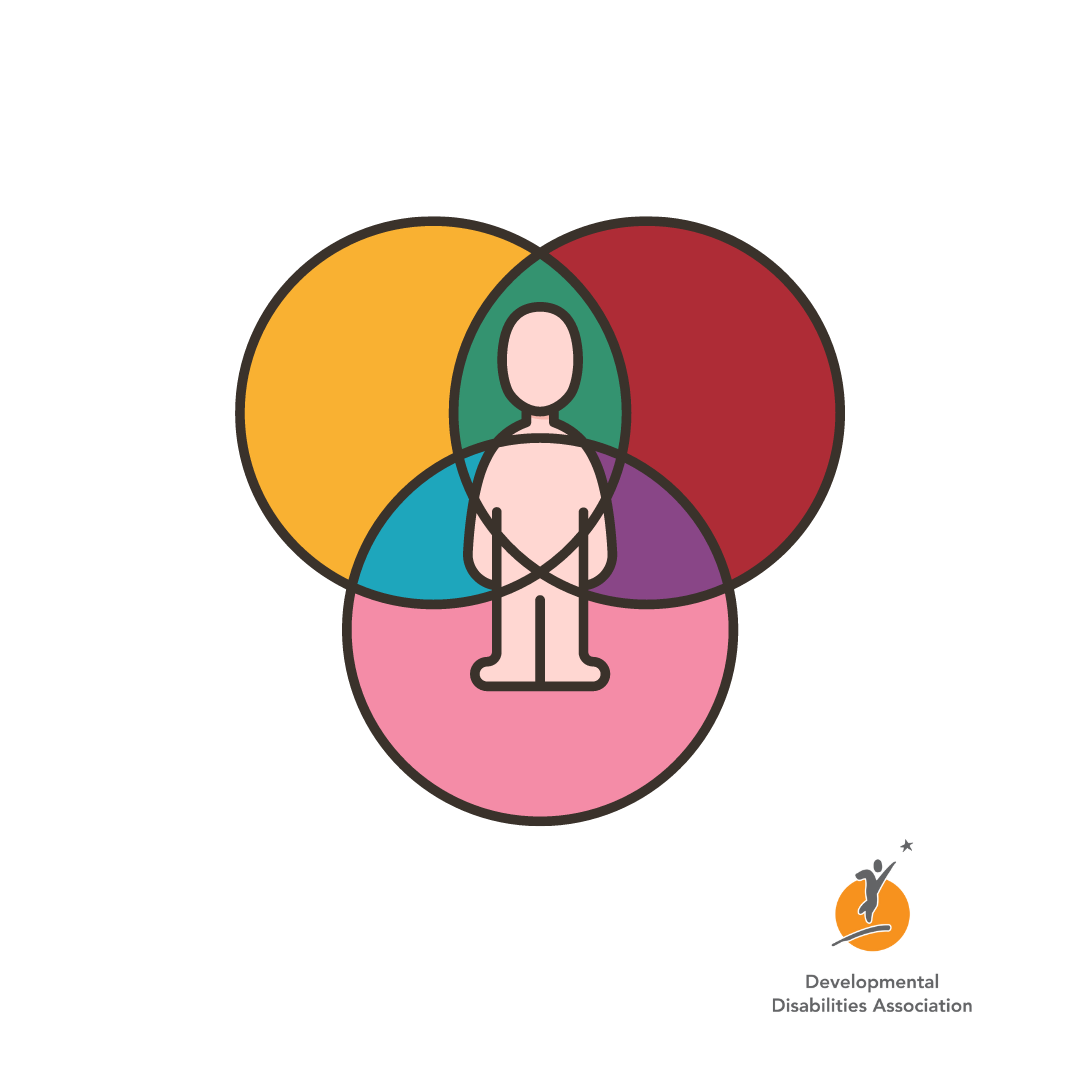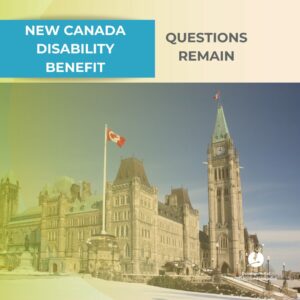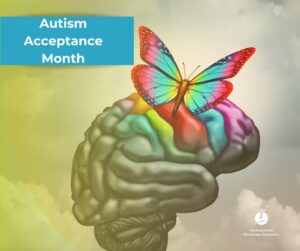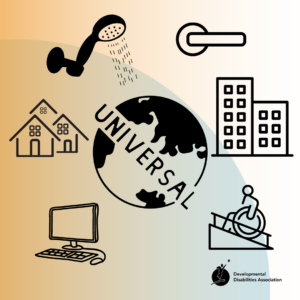As an advocate and supporter of people with developmental disabilities, the Developmental Disabilities Association knows full well what it means to have society look down on someone and think of them as less of a person. It’s a battle we have been fighting since DDA began in 1952. From the dismantling of institutions here in B.C. to the growth of community living, we have seen it all. However, what is becoming more relevant is the concept of intersectionality. It isn’t just a new ‘woke’ buzzword, it’s a key concept when creating an inclusive society and protecting marginalized people.
What do we mean by intersectionality?
Professor of Law, Dr. Kimberle Crenshaw used the term “Intersectionality” in 1989 to describe the experience of living with multiple identities (gender, race, culture, disability, gender identity, sexual orientation, immigration status, etc.)
Intersectionality refers to the ways in which several forms of discrimination intersect and compound to create unique experiences for people who belong to more than one marginalized group. When it comes to disabilities, this can include the intersection of a person’s disability with factors such as those Dr. Crenshaw mentioned. All of that can affect just one person and impact their way of life.
For example, a person of colour with a physical disability may face discrimination not only because of their disability but also because of race and even gender. This can result in facing additional barriers and challenges that are unique to their lived experience.
A person with a disability who is also a member of the LGBTQ+ community may face barriers when it comes to accessing healthcare and services. That does not necessarily mean they cannot access health care, but if they experienced a level of homophobia in the health system, they may be less intent on seeking it again. They may not wish to disclose information about themselves and therefore not receive the care they need. The healthcare provider may lack knowledge about certain needs specific to that person’s intersection.
If a person is on a fixed income and has a disability, they may not have the resources to access better services. The person may not be able to work, then unable to get a diagnosis necessary to release certain funding related to their condition. Poverty and disability becomes a circle they can’t break out of.
As you can see, relegating a person to one particular box doesn’t work when we create policy around inclusion. And let’s face it, no one wants to be put in a box and defined by one thing only.
In order to create a truly inclusive society, it’s vital to take intersectionality into account and address the multiple forms of discrimination that a person with disabilities may face. This can include creating inclusive policies and programs, as well as promoting diversity and representation in media, education, politics, and the business community at large.
By addressing the unique challenges faced by people who belong to multiple marginalized groups, we can work towards creating a more equitable and inclusive society.



